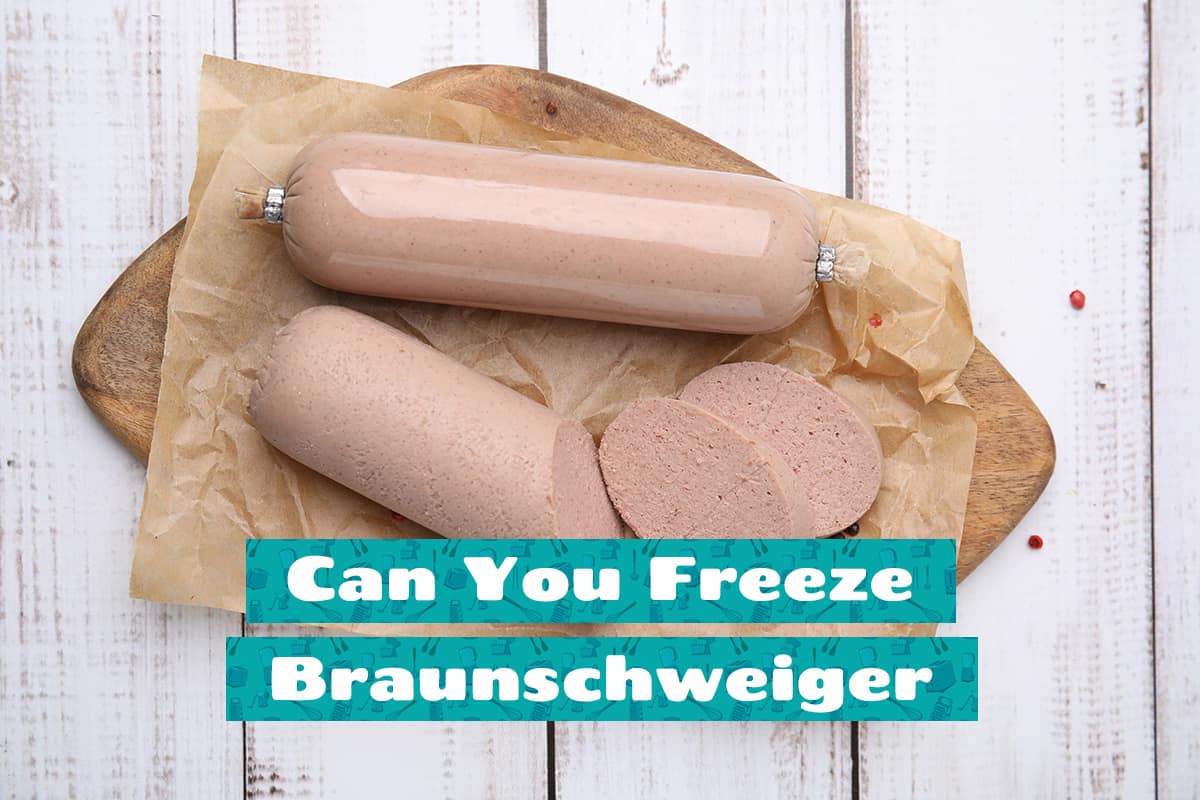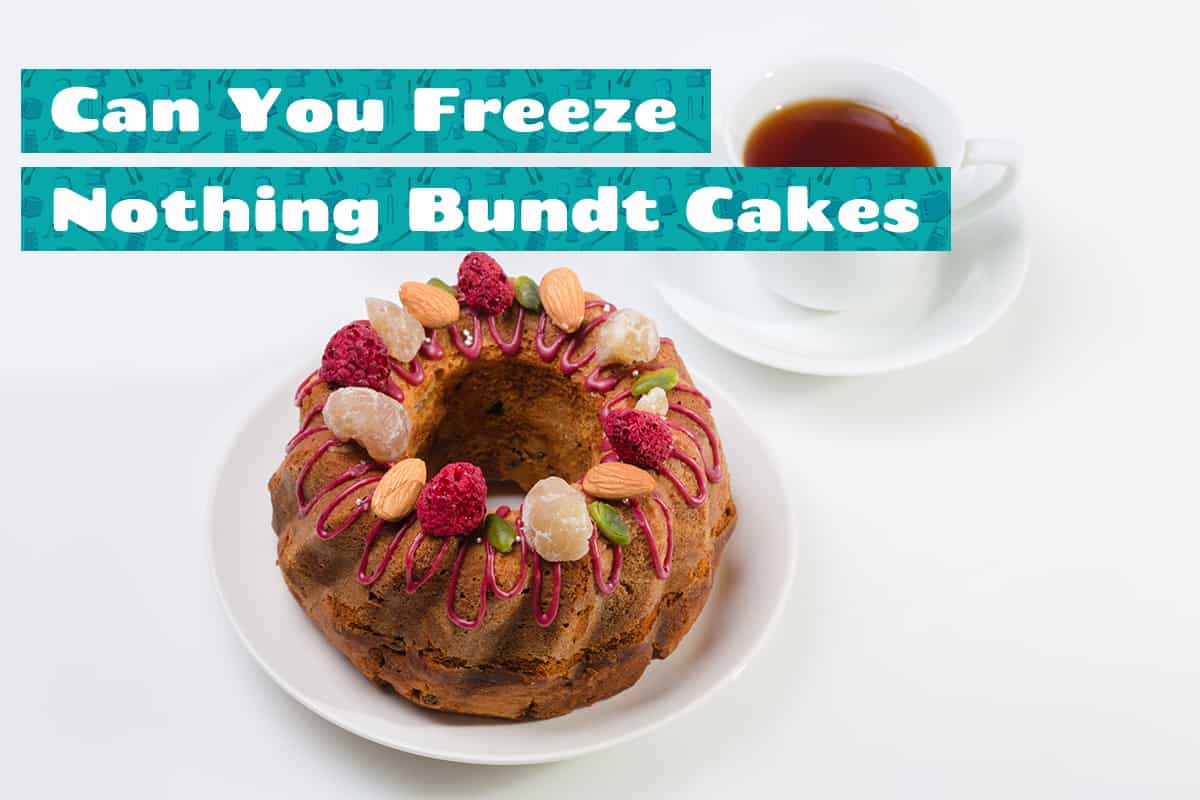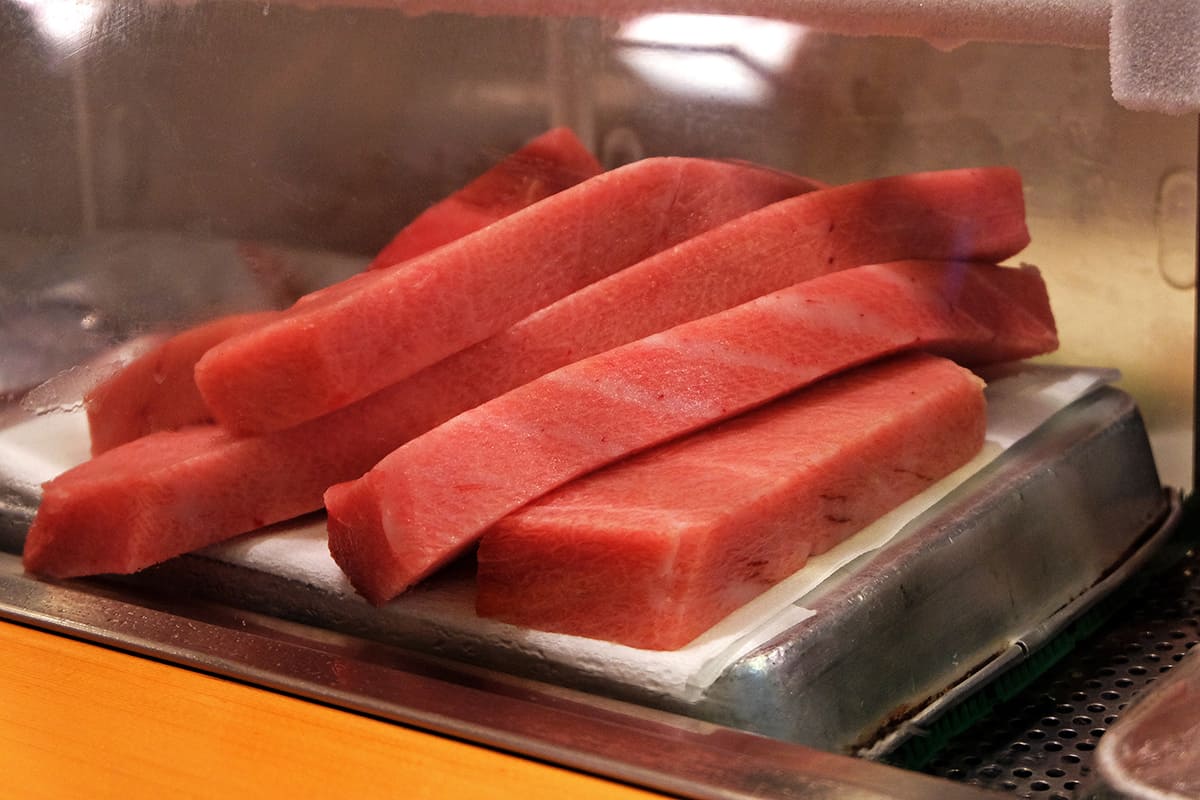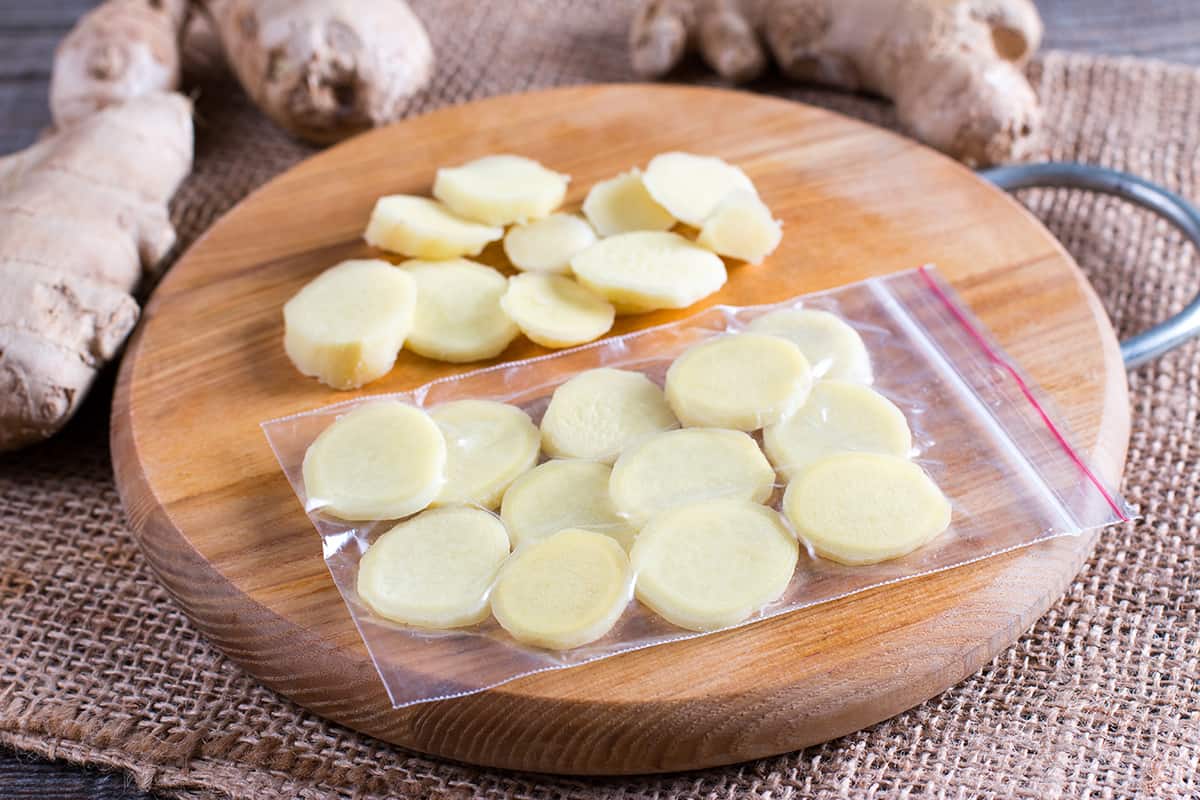Glass is one of the safest, cleanest, and most environmentally friendly materials for serving and storing your food. But, when left in the freezer, glass stands a great chance of breaking, whether it is empty or not.
So, how do you use glass in your freezer, whether empty or not, without the risks of breakage? No need to worry about the answer if you don’t know it. I have the answer, and I will be showing you how to use glass in your freezer without breaking it.
When you leave a glass open, with nothing inside, whether cold or at room temperature, then place it inside your freezer, it most likely will not break.
This is because the glasses we find in our markets today are safe for your freezers and can withstand any level of frosting. This is, however, not true for crystal ware glasses or glasses that are not-tempered. These kinds of glasses break in extreme temperatures.
Continue reading as I show you why your glass breaks in your freezer, and the types of glasses that will likely not break when you put them in your freezer.
Why Would A Glass Break In Your Freezer?
Lots of physics comes into play when a glass gets broken inside a freezer. But the number one culprit is when the temperature is not balanced.
But when you follow the right procedure in using glasses in your freezer, then they should not break after they have frozen.
The glasses in your freezer can break for a wide range of reasons. Let’s carefully look at them in detail so you can see what to avoid when using glass containers for your freezer.
Glass container content
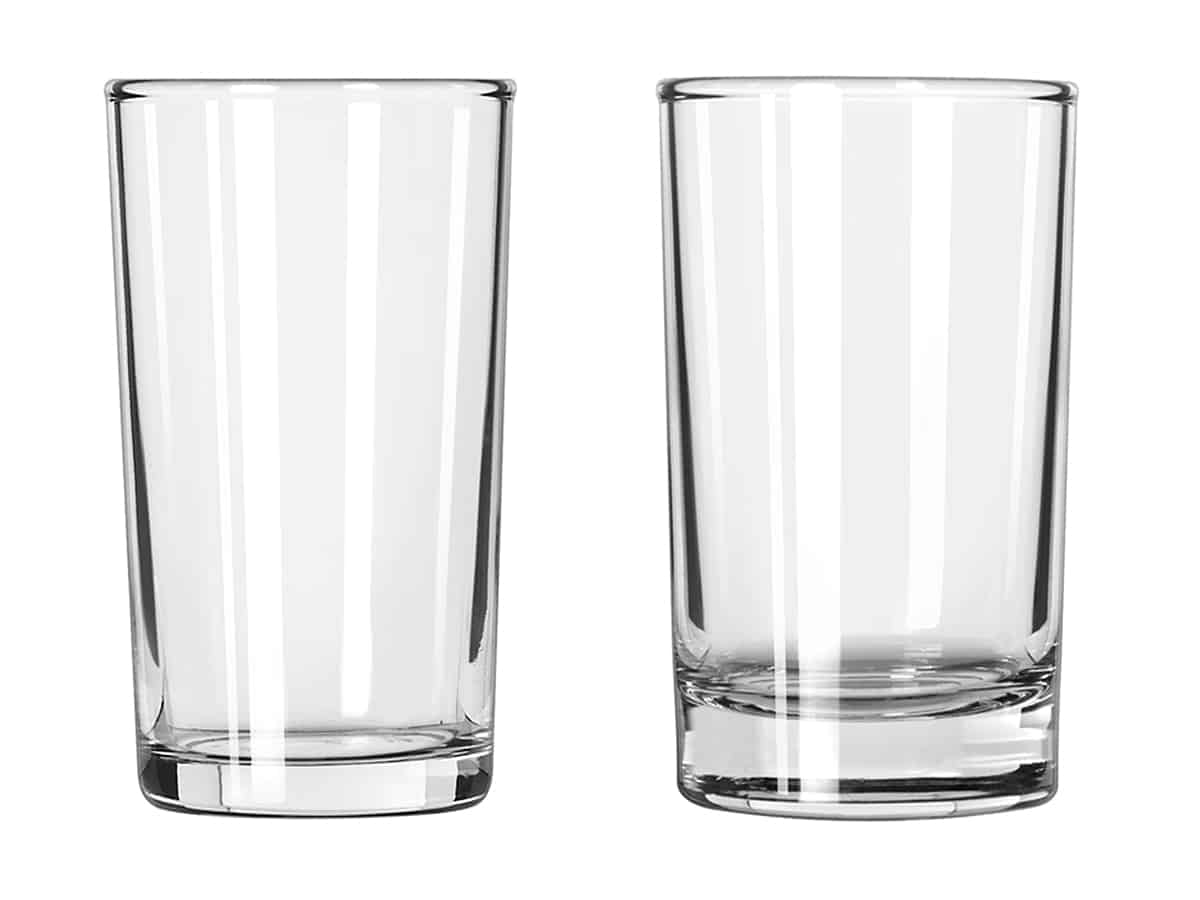
One of the and always obvious reasons for glass breaking in your freezer is the contents of the said glass.
Did you know that when water freezes it expands? This is not like most of the substances we freeze. So if you freeze anything that contains a large amount of water in glass containers, you run a high risk of losing the container and its contents to breakage. This is because of the pressure that accompanies the expansion of the water inside.
Using glasses that are not recommended
Did you know that not all glasses can be used for freezing inside your freezer?
Examples of glasses that can cause trouble for you while using them are non-tempered glasses. Tempered glasses, on the other hand, are much stronger than non-tempered ones, mainly because unlike them, they do not have tiny air pockets.
The tiny air pockets in non-tempered glasses cause the glass to break when they contract and expand with changes in temperature.
Quick changes in temperature
Glasses can break in your freezer when you subject them to a quick change of temperature. This can happen when you take a warm glass and place it directly into your freezer without letting it completely cool down.
The quick change of temperature over a very short time can place your glass at risk of breakage. You don’t want that, do you? No.
So how do you prevent your glasses from breaking inside your freezer?
Preventing Glass Breakage Inside Freezer
You now know why your glass container might break inside your freezer. It’s time for you to know how to prevent this from happening.
Mind you, the ways to prevent the glass from being broken are more efficient when you do them properly and follow my instructions.
Use Freezer-safe or Tempered Glasses
Remember that most glasses are not made in the same way. That is why you need to know the glass you are using before freezing it.
Whether you plan to use glass containers to freeze your liquids or for foods, make sure that the glass is either safe for the freezer, or it is tempered glass.
Remember that I mentioned that glasses that are not tempered have tiny air pockets in them which have the ability to contract or expand with any slight change in the temperature.
Tempered glasses are not like that. They are a lot stronger than non-tempered glasses and can deal with sudden changes in temperature.
Leave some headspace for expansion
Remember when I said water has the ability to expand when it is frozen? It is, in fact, one of the most common reasons glass containers break inside your freezer. It is coupled with sudden changes in temperature.
This is why you should allow some space for this expansion when using glass containers. This space is mostly known as headspace. The headspace is where expansions will occur, and prevents glass breakage.
Leave lid loose before freezing
How does this help to prevent glass breakage?
When your glass container is in the freezer, and its contents begin to expand, they’ll build up a significant amount of pressure inside the container. If the lid of the container is tight, pressure will be transmitted all over the glass container and cause it to break.
If it is not, some of the pressurized air can escape, reducing the pressure on the glass container.
So, as a rule, always leave the lid loose for up to 24 hours, before tightly sealing it. By doing this, you reduce your chances of having broken glass in your freezer.
Avoid glass containers that have shoulders
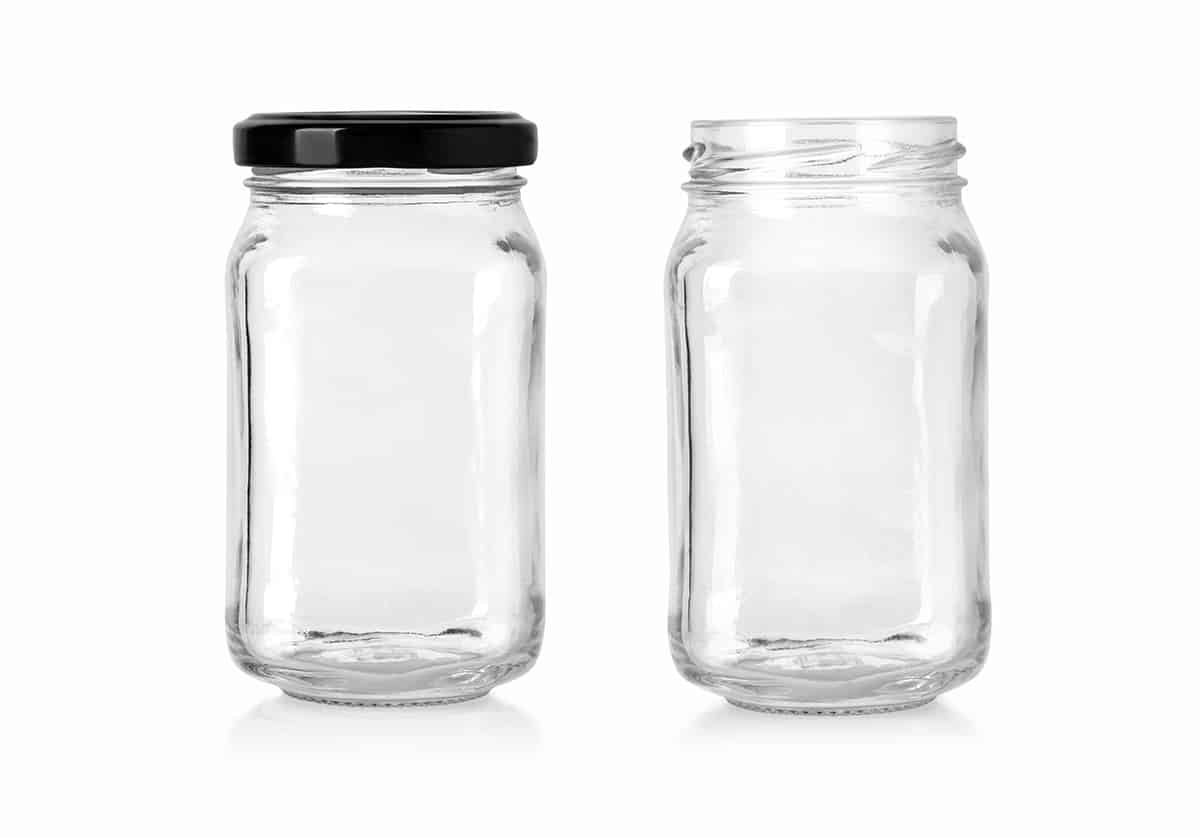
One of the most popular methods of storing liquids or food is the use of Mason jars. However, if it is going to be your choice glass container, always go for the ones whose sides are straight, and at their top is an opening that is very wide. Avoid those that have shoulders that are round.
If you perhaps plan to use those kinds, always leave plenty of headspace for the expansion of the contents inside the jar. It’s best if the headspace starts from where the lower curve of the jar shoulders begins from.
That way, the expanding content will have more space to expand and would not be restricted because of the shoulders of the jar.
Here are a few tips that would make using mason jars or glass with shoulders a lot less risky.
- Always go for glasses whose edges are straight and have wide openings
Because of the shoulders of these jars, they tend to break from the lower level of the shoulders. Hence, you don’t have to fill your content to that level. An inch lower will save you a lot of stress.
- It’s advisable you follow the jars freeze line to avoid going out of the glass limit. The freeze line of your glass container will show you how much content your glass container can hold without posing any risk of breakage
- Before putting it into your freezer, you need to allow your glass contents to cool. Although Mason jars can deal with extreme temperatures, it is possible for them to fail or break when there’s a sudden change in temperature.
- Remember not to seal the lid so tight the first few hours you put it into your freezer. Leaving the lid loose, and closing it much later is a safety precaution you should observe.
No sudden change in temperature
You can use your glass containers to store foods safely in your freezer. But you need to be careful with how sudden the temperature changes are.
Like I have already said before, do not put a glass that is warm into your freezer directly.
You can allow the temperature of the glass to drop while the container is left on a countertop at room temperature.
After that, you can refrigerate to further drop the temperature of your glass before taking it into the freezer.
I know these steps might take time, but it is for your benefit. You can use the reverse of these exact same steps when you are ready to defrost your glass after removing it from the freezer.
Stay away from narrow glasses
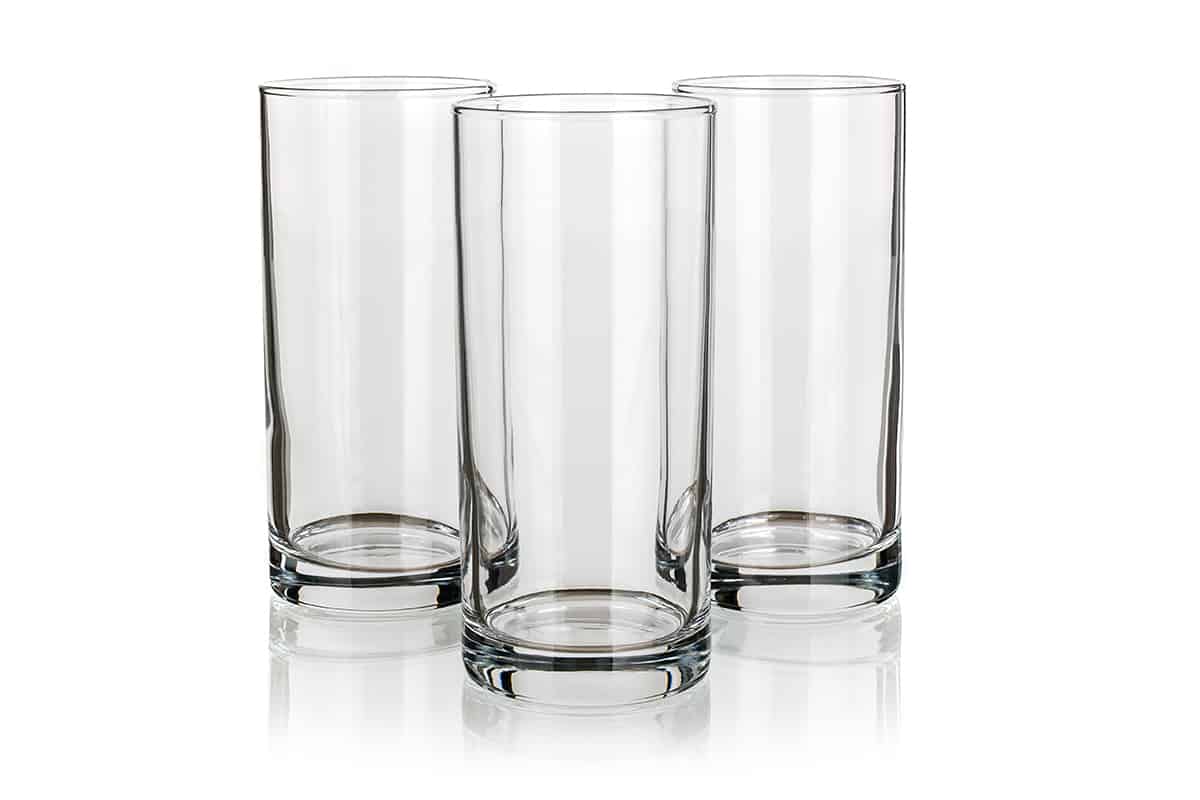
The same logic that applies to using glasses that are wide-mouthed, have straight edges, and lack shoulders is very similar to why you should stay away from narrow glasses.
The culprit, in this case, is the expansion of the contents in your glass.
When you use narrow glass, expansion of the contents of your container becomes quite difficult, especially for those at the bottom of the container.
One way this can be remedied is by placing the container on the sides inside your freezer. It helps because the contents inside it now have a very wide area to expand.
Better still, just stay away from narrow containers as keeping them on their sides can cause their contents to leak into the freezer, especially when loosely sealed to avoid breakage.
Keep space between glasses
The final method or tip to reduce the chances of your glass breaking inside your freezer is to keep the glass a little spaced from another glass inside your freezer.
The space you leave is known as breathing room, and it helps you to avoid losing a glass container because of the change of pressure in another container.
That is to say, the pressure from a glass breaking can cause another very close to it to break, causing you double loss.
This makes keeping breathing space between your glasses very important to avoid this.

